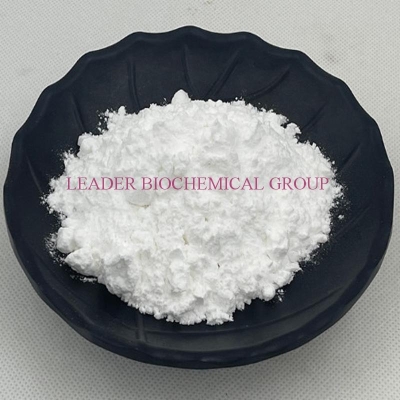-
Categories
-
Pharmaceutical Intermediates
-
Active Pharmaceutical Ingredients
-
Food Additives
- Industrial Coatings
- Agrochemicals
- Dyes and Pigments
- Surfactant
- Flavors and Fragrances
- Chemical Reagents
- Catalyst and Auxiliary
- Natural Products
- Inorganic Chemistry
-
Organic Chemistry
-
Biochemical Engineering
- Analytical Chemistry
-
Cosmetic Ingredient
- Water Treatment Chemical
-
Pharmaceutical Intermediates
Promotion
ECHEMI Mall
Wholesale
Weekly Price
Exhibition
News
-
Trade Service
Trans-1-benzoyl-4-phenyl-L-proline (BPL) is an organic compound that has been widely used in the chemical industry for various applications.
It is a synthetic amino acid that has been studied for its potential health benefits and is often used as a precursor in the synthesis of other chemicals.
However, the safety of BPL has been a topic of concern for many years, and there have been several studies conducted to evaluate its potential risks.
In terms of its chemical properties, BPL is a white or slightly yellowish crystalline powder that has a strong, unpleasant odor.
It is highly soluble in water and is slightly soluble in ethanol and methanol.
BPL has a melting point of between 160 and 162 degrees Celsius and a boiling point of 280-282 degrees Celsius.
The compound is also highly reactive and can react violently with other chemicals in the presence of heat or light.
One of the main concerns regarding the safety of BPL is its potential toxicity.
Studies have shown that high doses of BPL can cause irritation to the respiratory system, the eyes, and the skin.
Prolonged exposure to the compound can also cause central nervous system depression, which can result in drowsiness, confusion, and even unconsciousness.
In severe cases, BPL exposure can lead to respiratory failure, cardiac arrhythmia, and even death.
Another concern is the potential carcinogenicity of BPL.
Several studies have suggested that the compound may cause DNA damage, which can lead to the development of cancer.
However, other studies have found no evidence of carcinogenic potential in BPL.
The controversy surrounding the safety of BPL has led to a number of regulatory agencies around the world to classify the compound as a possible human carcinogen.
The potential toxicity of BPL has led to several regulations and guidelines being put in place to protect workers who handle the compound.
In the United States, the Occupational Safety and Health Administration (OSHA) has set a permissible exposure limit (PEL) of 10 parts per million (ppm) for BPL.
In Europe, the European Union has classified BPL as a Category 2 carcinogen, which means that there is evidence of animal carcinogenicity, but the evidence is not sufficient to establish a causal relationship between BPL and cancer in humans.
The World Health Organization (WHO) has also classified BPL as a possible human carcinogen.
Despite the regulatory efforts, there have been several cases of BPL exposure in the workplace that have resulted in adverse health effects.
In one well-known case, a number of workers at a BPL manufacturing plant in the United States developed respiratory problems and other health issues after being exposed to high levels of the compound.
The workers also reported experiencing headaches, dizziness, and difficulty in breathing.
One of the main challenges in assessing the safety of BPL is the lack of clear data on its potential health risks.
There is limited information available on the long-term effects of exposure to BPL, and the majority of studies have focused on acute exposure to high doses of the compound.
This makes it difficult to determine the potential risks to workers who handle BPL on a daily basis or to the general population.
To overcome the challenges associated with assessing the safety of BPL, it is important for more research to be conducted on the compound's potential health risks.
This should include studies on the long-term effects of exposure to BPL, as well as studies on the potential carcinogenicity of the compound.
It is also important for regulatory agencies to work together to establish clear guidelines and regulations for the safe handling and use of BPL in the







